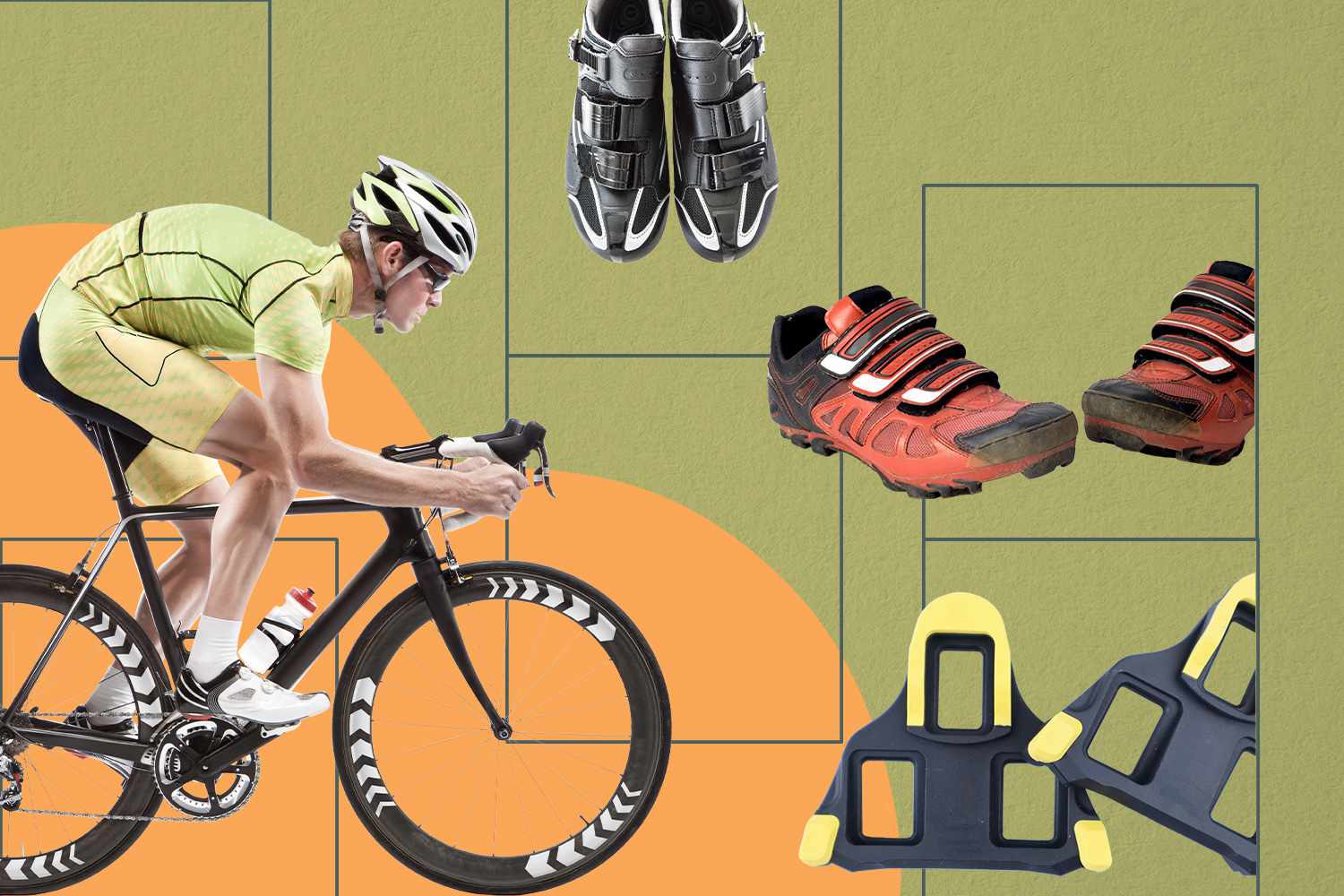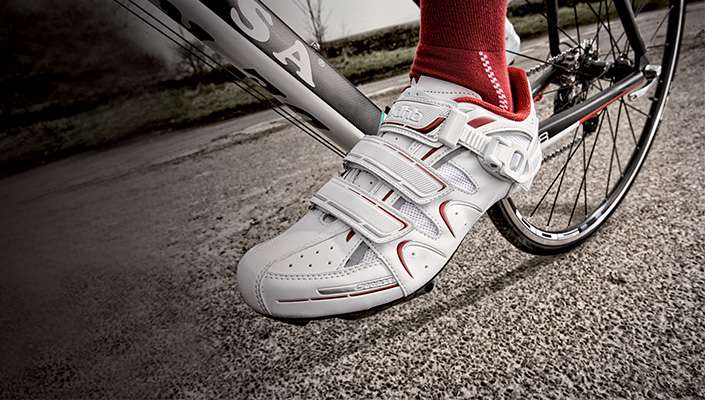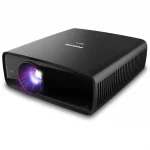How to Choose the Right Cycling Shoes for Your Riding Style
Cycling is a versatile sport, with different styles and terrains requiring unique equipment to maximize performance, comfort, and safety. One of the most critical components for achieving an enjoyable ride is selecting the right cycling shoes. Your choice of footwear can significantly impact your overall cycling experience, regardless of whether you’re a road cyclist, mountain biker, or recreational rider. In this article, we will discuss how to choose the perfect cycling shoes to match your riding style and preferences.

Identify Your Riding Style
First and foremost, you need to determine your riding style, as different types of cycling demand distinct types of shoes. There are three primary categories of cycling shoes:
Road cycling shoes: Designed for road biking and racing, these shoes are lightweight, aerodynamic, and have a stiff sole to optimize power transfer.
Mountain biking shoes: Intended for off-road use, these shoes provide added traction, durability, and protection against rough terrain.
Casual cycling shoes: Ideal for recreational and commuter riders, these shoes focus on comfort and versatility, allowing for a more relaxed fit and easy walking off the bike.

Choose the Appropriate Closure System
Cycling shoes come with various closure systems, including laces, Velcro straps, ratcheting buckles, and BOA dials. Each system has its pros and cons, and your choice depends on personal preference and the type of riding you do. For example, road cyclists may prefer BOA dials or ratcheting buckles for a precise and secure fit, while casual riders might opt for laces or Velcro straps for ease of use and adjustability.
Determine Your Pedal Compatibility
Pedal compatibility is crucial when selecting cycling shoes. There are two main types of pedal systems: flat pedals and clipless pedals. Flat pedals work with any shoe, but cycling-specific shoes with stiffer soles and added grip can enhance performance. Clipless pedals, on the other hand, require compatible cleats and shoes. Ensure that your chosen shoes are compatible with your pedals, or vice versa, to avoid any issues while riding.
Consider Shoe Stiffness and Sole Material
The stiffness of a cycling shoe’s sole directly impacts power transfer and efficiency. Road cycling shoes typically have the stiffest soles, made of carbon fibre or composite materials, for maximum power transfer. Mountain biking shoes have a more flexible sole to provide traction and walking comfort, while casual cycling shoes offer a balance between stiffness and flexibility for versatility.
Prioritize Comfort and Fit
A comfortable fit is essential for any cycling shoe, as your feet will be working hard throughout your ride. Look for shoes with a snug but not overly tight fit, and consider any unique foot requirements, such as arch support or width. Trying on shoes in person and wearing your preferred cycling socks can help ensure a proper fit. Keep in mind that some brands have specific sizing, so be sure to consult size charts and read reviews for guidance.
Weigh the Importance of Ventilation and Weather Resistance
Lastly, consider the climate and conditions in which you typically ride. Road cyclists often prioritize well-ventilated shoes for breathability and moisture management during long rides. Mountain bikers and commuters may prefer shoes with added weather resistance, such as waterproof membranes, to protect against wet and muddy conditions.
Choosing the right cycling shoes can significantly enhance your riding experience, optimizing power transfer, comfort, and safety. By identifying your riding style, selecting the appropriate closure system and pedal compatibility, considering sole stiffness, prioritizing comfort, and weighing the importance of ventilation and weather resistance, you can find the perfect pair of shoes to match your cycling needs. Happy pedalling!





